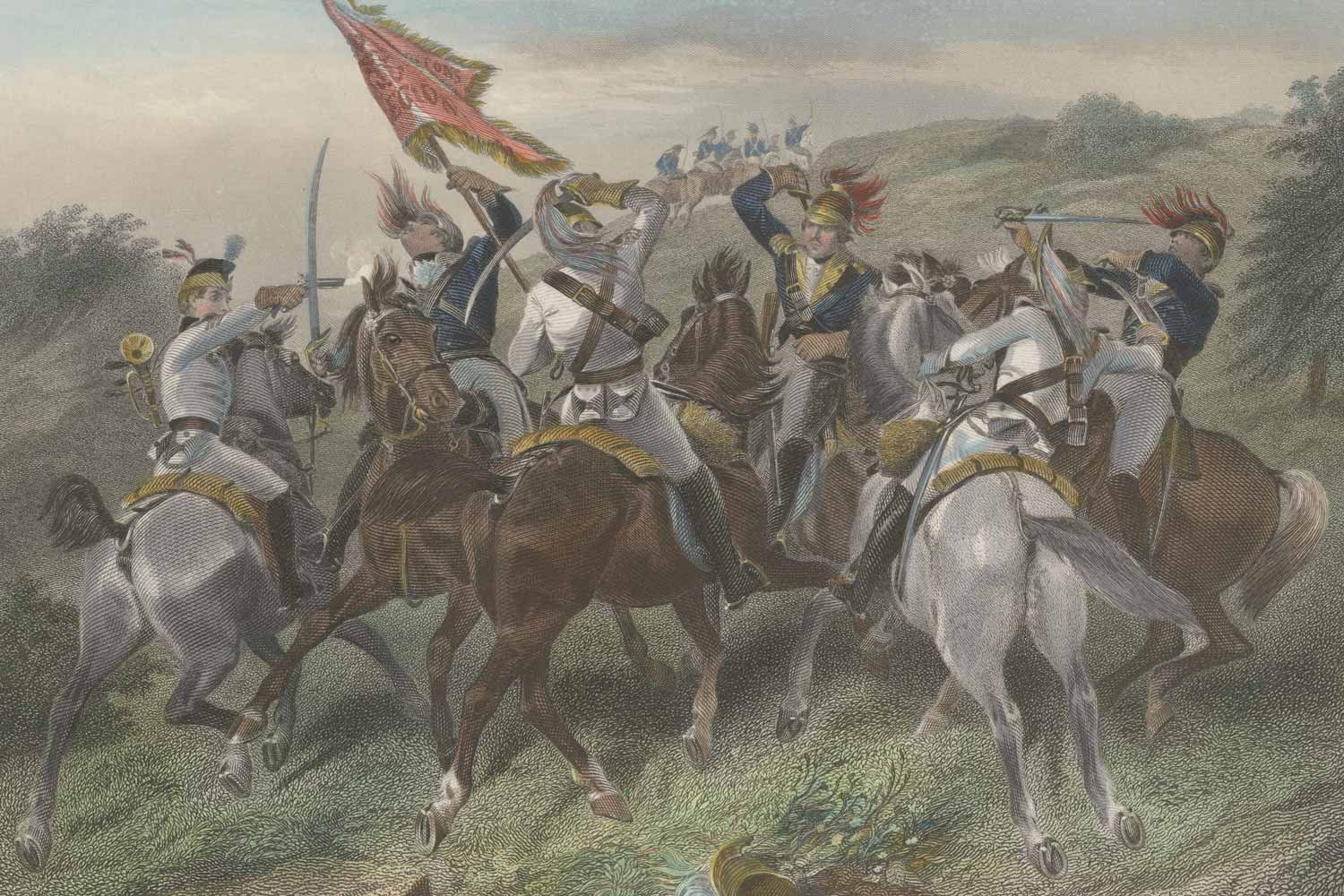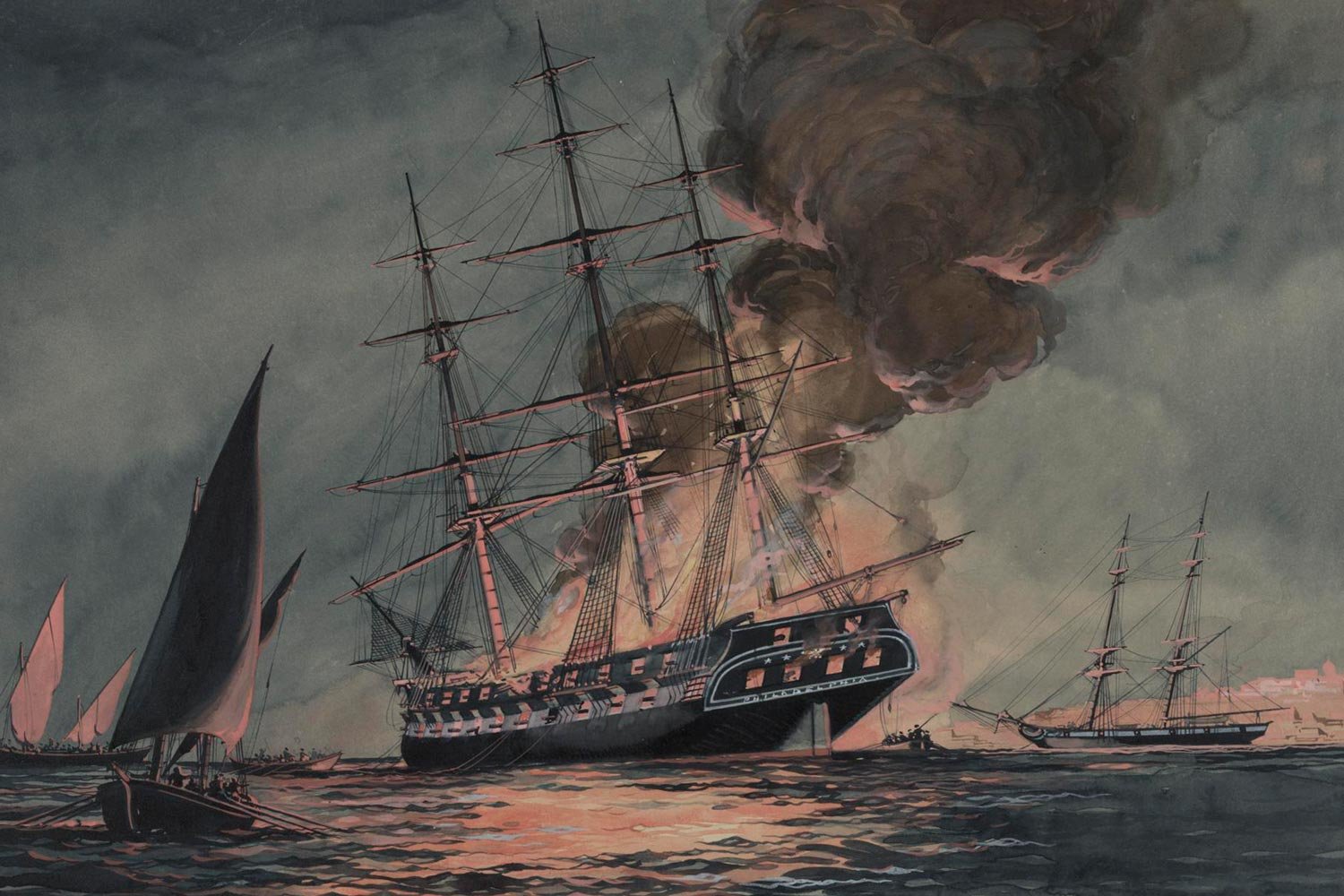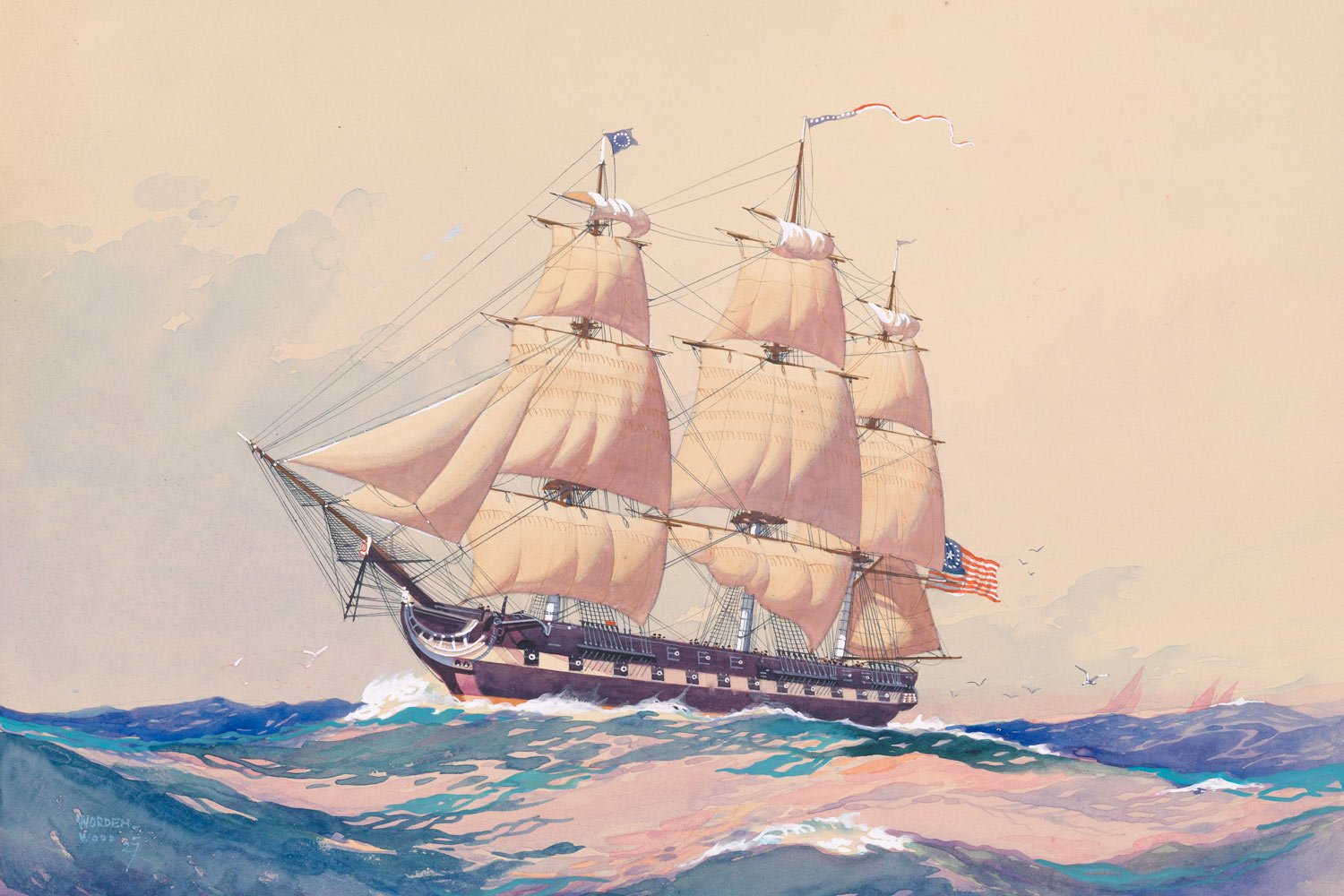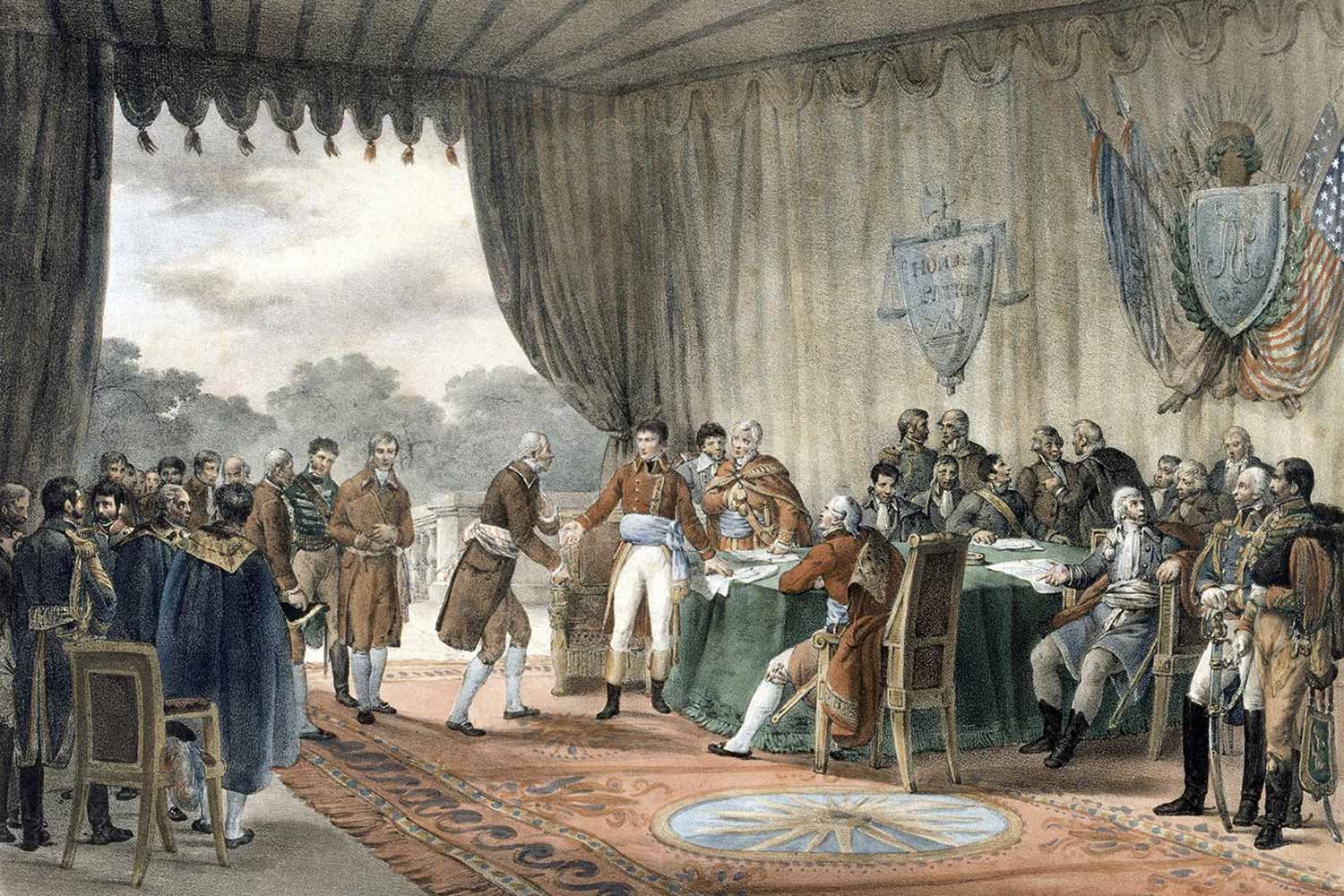Nathanael Greene Takes Command of Southern Continental Army
Despite the disastrous defeat at King’s Mountain on October 7, 1780 and several victories by Patriot partisans, Lord Charles Cornwallis and the British army still controlled most of South Carolina and Georgia at the end of 1780. The new year would see fortunes improve for the American cause as two gifted commanders, Major General Nathanael Greene and Brigadier General Daniel Morgan, took the helm of the southern Continental Army.
On October 14, Greene had been appointed by General George Washington to salvage the desperate situation in the southern theater. During Greene’s journey south, he stopped in Philadelphia to plead for Congressional assistance, but received little encouragement. As Greene wrote to Washington, “Congress can furnish no money, and the Board of War neither clothing or other necessities. Indeed, the prospect is dismal.”
General Greene also stopped and met with political leaders in Delaware, Maryland, and Virginia, but their situation was no better. As Greene noted, “they have neither money or credit and from the temper of the people are afraid to push matters.” For instance, Virginia was expected to provide 3,500 men to the Continental Army but had only supplied 1,500 and Governor Thomas Jefferson had promised one hundred wagons but only delivered eighteen.
When Greene arrived at the American camp in Charlottetown, present-day Charlotte, North Carolina, he was fortunate to have the recently unretired Daniel Morgan in uniform and ready to serve. Morgan, who had resigned in October 1779 due to ill-treatment by Congress and increasing pain from his rheumatism, had voluntarily come out of retirement from his home in Frederick County, Virginia, after the disaster at Camden. Morgan reasoned his country needed him and he must answer the call.
The command Greene took over comprised roughly 2,300 men, but only 1,500 were present for duty and just half of them were well-equipped to fight. To make matters worse, there was less than a week’s worth of provision and clothing was in terribly short supply. Greene, who had fixed the horrendous supply issues at Valley Forge in the winter of 1777-78, found the situation much worse in the Carolinas.
Moving men from one locale to another was a big problem in the south as there were few roads and those that did exist were little more than unimproved trails in the woods. Additionally, much of the land was swampy and transportation largely depended on rivers, many of which were difficult to navigate.
“Southern Campaign of the American Revolution.” NCpedia.
Confronting Greene and his skeleton force was a British army of 3,200 trained, experienced men led by Lord Cornwallis, arguably the best British general in North America. Recognizing that a standup fight was not practical, General Greene decided to split his command into smaller groups and initiate a guerilla war of hit-and-run tactics, constantly harassing the British and inflicting casualties while he built a new army.
In December 1780, Greene sent recently promoted Brigadier General Daniel Morgan and 600 men to the western part of South Carolina to threaten British posts in that area. Knowing Morgan’s aggressive nature, Greene gave a word of caution to the stalwart general stating, “Put nothing to the hazard, a retreat may be disagreeable but not disgraceful. It is not our business to risk too much, our affairs are in too critical a condition.”
Cornwallis countered this move by sending his superb subordinate Lieutenant Colonel Banastre Tarleton and his British Legion to challenge Morgan. Tarleton was the son of the Mayor of Liverpool who attended Oxford University until his father died and left him a nice inheritance. Tarleton dropped out of college to live the life of a rake and a gambler.
When he ran out of money, the family purchased young Banastre an officer’s commission and he volunteered for service in America, declaring “These miserable Americans must be taught their places.” Tarleton was a quick study and soon developed an effective pattern: a swift march, a surprise appearance, and an immediate attack. To date, Tarleton had known nothing but success on the battlefields of America.
Learning that Tarleton was coming to pay him a visit, Morgan, by instinct a fighter, decided to make a stand rather than run. For his place of battle, General Morgan chose a gently sloping field called Hannah’s Cowpens, so named for the man who grazed his cattle there, and told his men, “On this ground I will defeat the British or lay my bones.”
Morgan was a rough and tumble man from western Virginia who had proven himself to be one of the best field commanders in the Continental Army. Morgan had made the heroic march to Quebec and stormed its city walls with Benedict Arnold in 1775 and his riflemen had stifled repeated British attacks during the battles of Saratoga.
This hardy Virginian had come a long way from his hard-scrabble upbringing and rowdy youth when he was the toughest fist-fighter and hardest drinker in the county. Morgan’s rise from humble beginnings to glory on his country’s battlefields is an inspirational tale.
Next week, we will discuss the early life of Daniel Morgan. Until then, may your motto be “Ducit Amor Patriae,” love of country leads me.












Commodore Edward Preble assembled his considerable American fleet just outside Tripoli harbor in August 1804, determined to punish the city and its corsairs, and force Yusuf Karamanli, the Dey of Tripoli, to sue for peace.